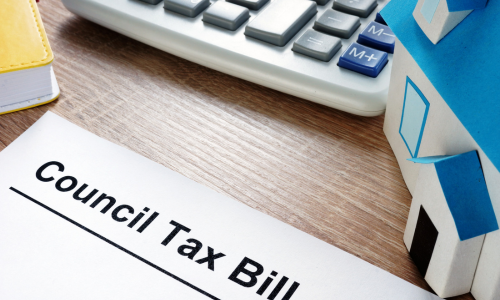According to the latest UK Rental Market Report, commissioned by a popular property portal, there has been strong year-on-year rental growth across most regions of the UK. This growth has largely been driven by high rental demand and limited supply.
1. City living
The current trends of high rental demand and limited supply are most pronounced in city centres. As students, office workers, and international tenants return, cities are experiencing a surge of post-pandemic pent-up demand.
Year-on-year growth in the rental market has been recorded at 9.1% outside London and 15.7% in London. This is a significant increase, following a decade of growth outside London which has usually hovered between 1-4%. Right now, London’s rental market is facing unprecedented demand that is outstripping supply, to the extent that tenants have reportedly been offering to pay higher rents to secure their chosen property.
2. Affordability
Average monthly rents have been estimated at £995. This is an increase from £897 per calendar month in 2021. This sharp rise in rents is stretching affordability, with the average rent now 37% of gross earnings for a tenant in sole occupancy.
London, Cambridge and Bristol appear to have the highest average rents per calendar month at the moment. Aberdeen, Newcastle and Liverpool have the lowest.
3. Duration of tenancy
On average, it takes 14 days to let a property in the UK. The usual tenancy length has been rising since 2017, with the average time between rental listings coming to the market increasing from 52 weeks in 2017, to 75 weeks in 2022.
Experts have suggested tenants may be remaining in existing properties for longer to avoid an increase in rent by moving to a new property. Certainly, tenants who secured property at a discounted rental rate during the pandemic are likely to want to retain their arrangement for as long as possible.
4. Interest rates
With rising interest rates, there is potential for renters to feel the impact of higher mortgage rates on landlords. Nevertheless, it has been suggested that most landlords will have fixed-rate mortgage deals, meaning any change in interest rates is unlikely to prompt a sudden wave of increased rents. Ultimately, local demand will determine whether landlords can pass on increased costs to tenants.
5. A return to normal levels
Rental growth is expected to slow this year, as the ‘bounce-back’ from the pandemic eases and renters feel the pinch of the cost of living crisis. Experts are predicting rental growth excluding London to be 4.5% by the end of the year. Within London, that figure has been estimated to be slightly lower, at 3.5% growth in the rental market by the end of the year.






Share this with
Email
Facebook
Messenger
Twitter
Pinterest
LinkedIn
Copy this link